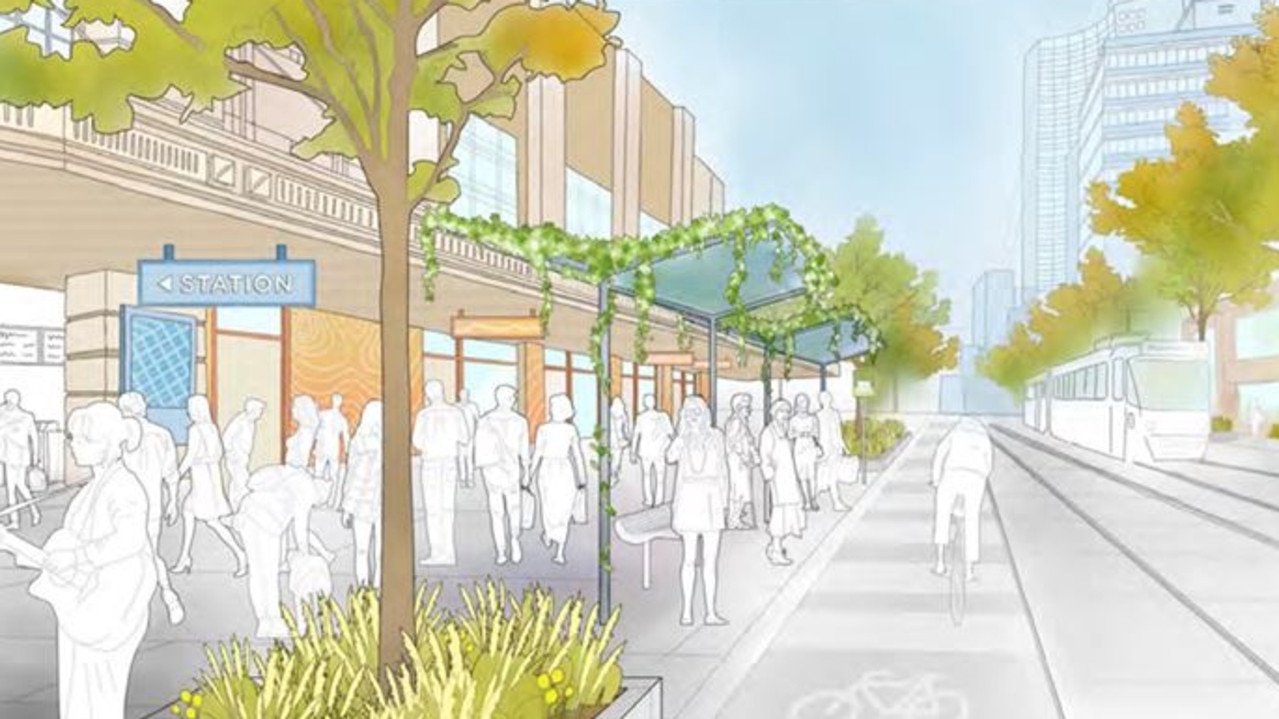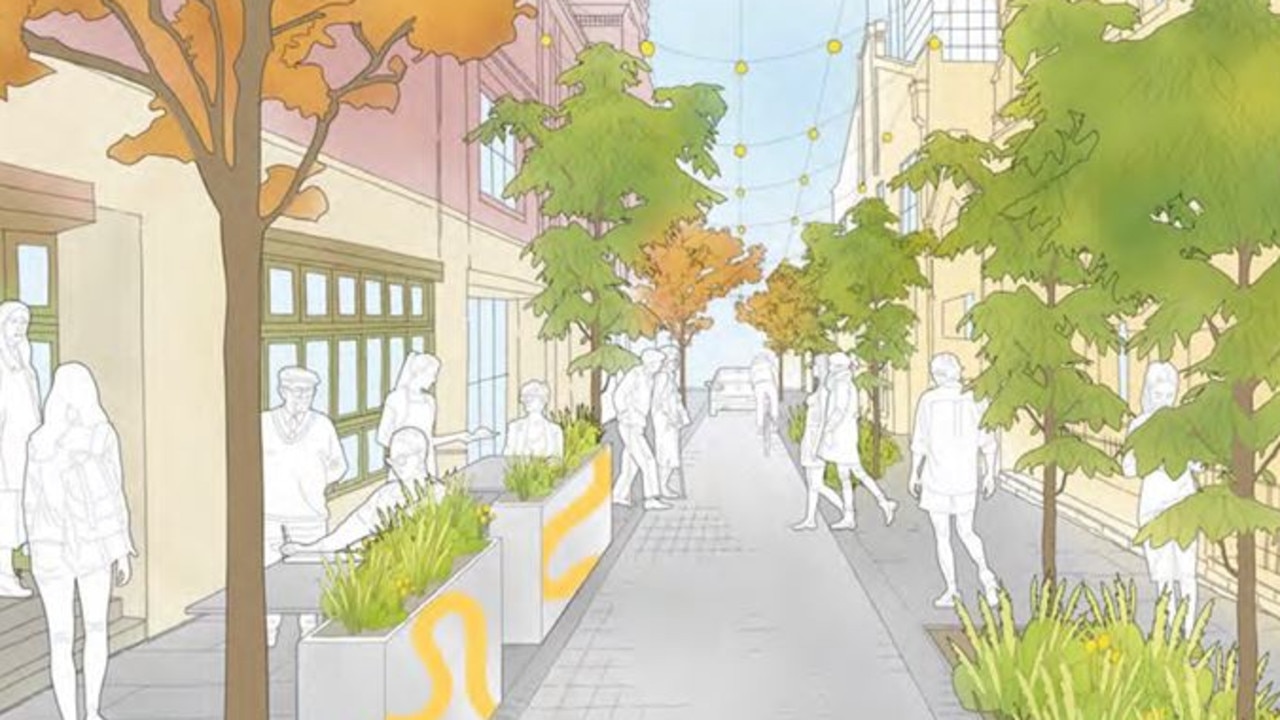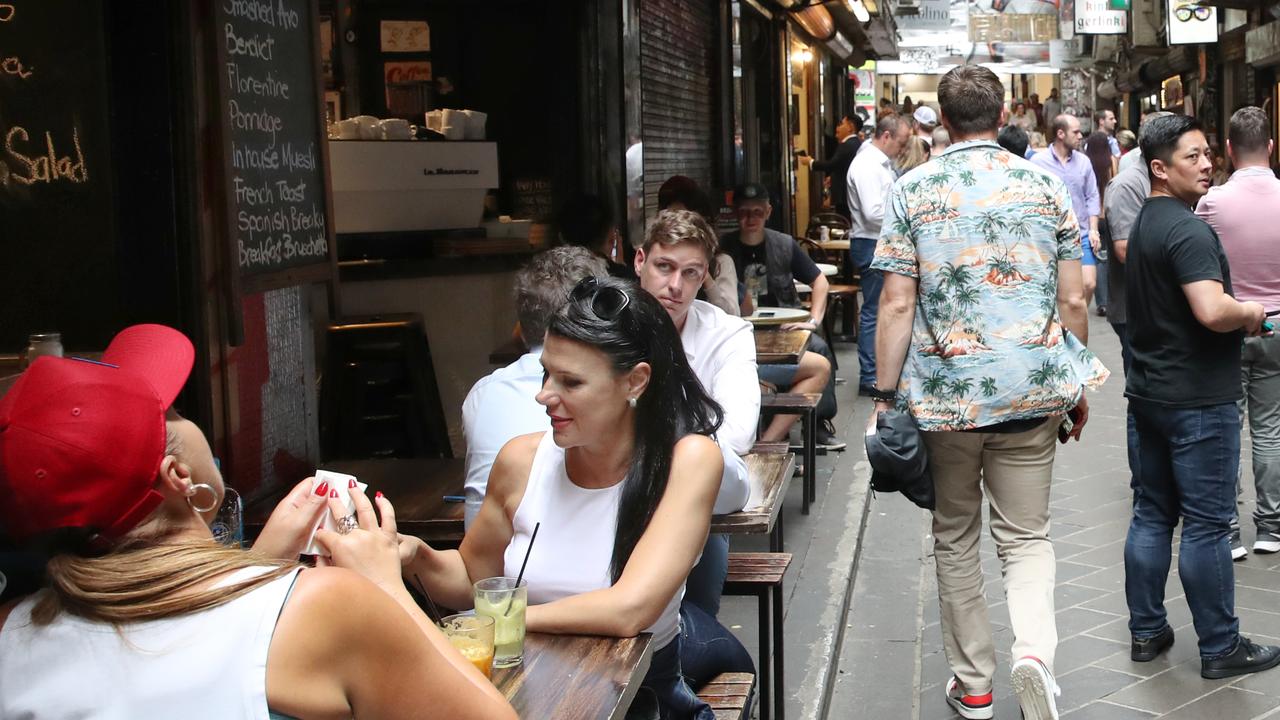
A proposal put forward by a Melbourne council could see cars banned from large parts of the CBD, prioritising pedestrians and public transport instead.
Melbourne City Council’s Future Streets Framework, released on Friday, identified select streets close to train stations, known as the “Melbourne Square”, which at certain times would be closed to non-essential vehicles.
Areas along Flinders, Bourke, Collins, Spring, Spencer and William Streets could block vehicle access either entirely or for select times of the day, such as peak-hour, to make the streets less busy and safer for walkers.

Released on Friday, the draft plan will be considered by councillors at next month’s Future Melbourne Committee meeting before it moves into a community consultation phase.
“A person walking to the central city makes the greatest contribution to the central city economy compared to other modes,” the draft framework said.
“Melbourne Squares are centred around transport interchanges and prominent civic destinations.
“(They) are iconic destinations, celebrating the quintessentially Melbourne characteristics of the city including the tram network, heritage buildings and outdoor activation.”
The proposal was sparked by major train infrastructure builds in the city, and is aimed at keeping pedestrians safe while readying the CBD for its future Metro system.

“We are prioritising pedestrians, people on bikes and public transport while ensuring emergency vehicles, services and loading as well as private vehicles for those who have limited transport options can be appropriately accommodated,” the draft said.
“The city is undergoing significant changes from major infrastructure investment including Metro Tunnel Project, Commonwealth Games etc.
“We need to prepare our streets for the future.”
The proposal outlines the importance of utilising street space to maintain and bolster Melbourne’s distinct character and cultural identity.
While increased street space would be used to maximise economic value, with pedestrians contributing more to the local economy than cars, it would also create more opportunities for “expression, creativity, parades and performance”.

“Streets in this city place must complement a diverse offering – from safely supporting the bustling movements of shoppers and workers during the day to facilitating the animated wanderings of diners and theatregoers at night.”
Emergency service vehicles would have access to car-free zones at all times while the Hoddle Grid would be split into six areas, each focused on addressing its own set of specific issues.
Urban and landscape designs would also incorporate the cultures of First Nations, presenting “many opportunities for (the) streets to embed values and approaches of coauthorship with Traditional Owners”.
The values and connection to Country of Wurundjeri and Woi-wurrung peoples would see increased visibility across the CBD through the establishment of “signage, wayfaring, storytelling, truth-telling, placemaking and creative art initiatives”.
Should the draft framework be endorsed at the council committee meeting on June 6 it will move onto the council’s online platform for community consultation between June 7 and July 19.
Friday’s announcement comes after the council proposed to remove more than 80 parking spaces last month in a bid to reduce traffic and increase space for protected bike lanes.
